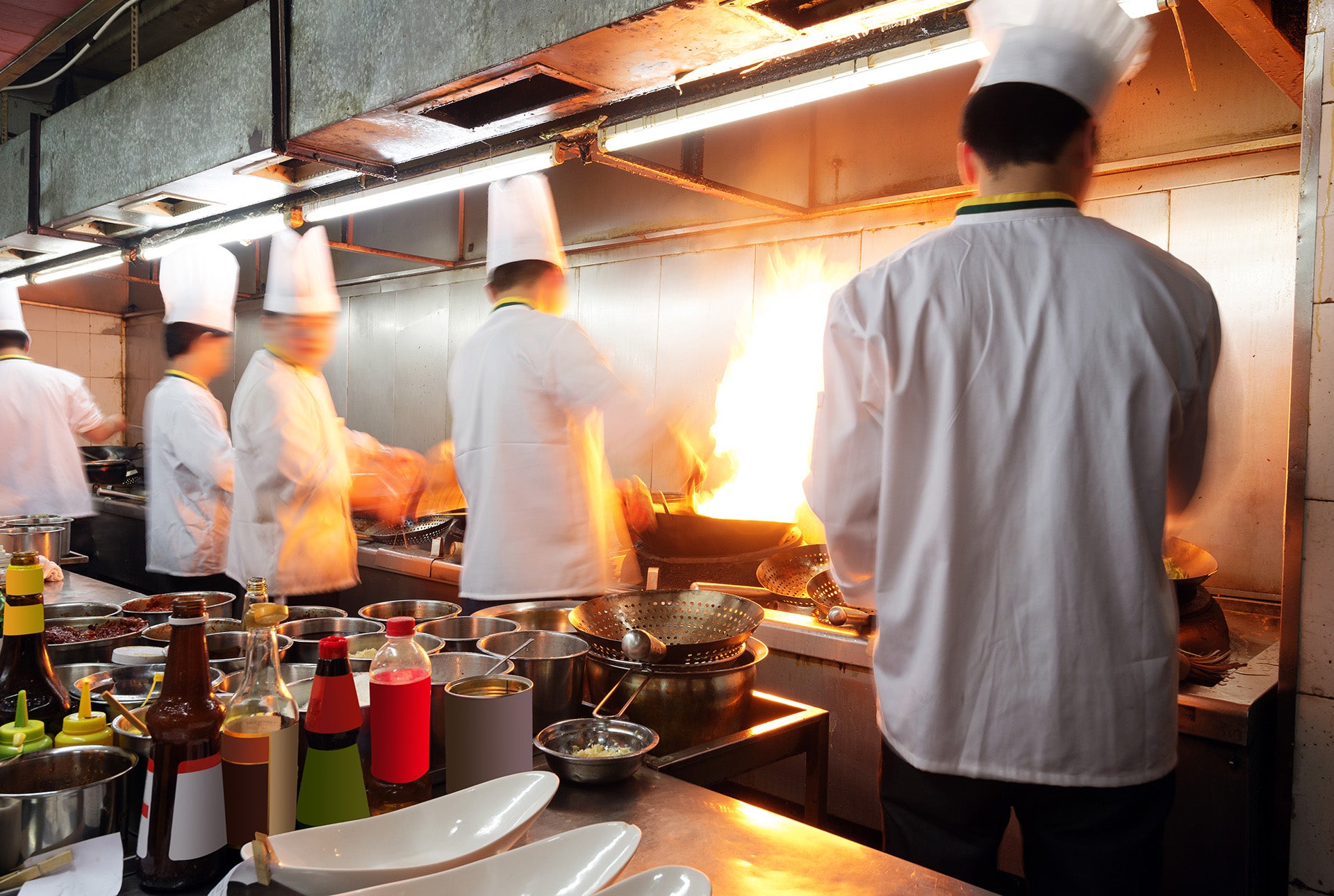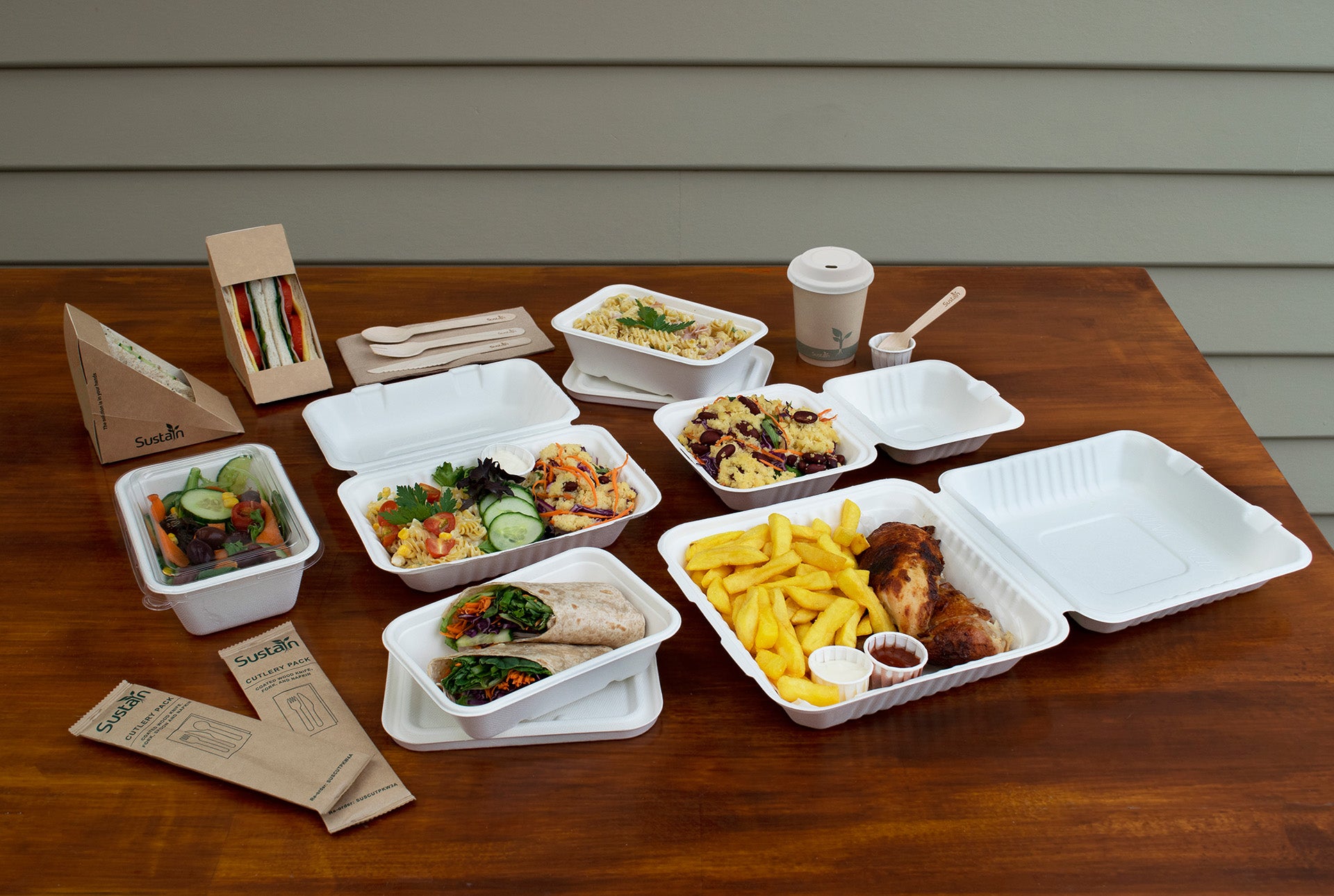One of the key parts to any well-oiled kitchen falls onto the quality of your knives. From butcher shops to restaurant kitchens, the sharpness of your blade will dictate the quality of your cut. A sharp knife can reduce wastage and create a safer kitchen - especially in the case of a boning knife where a dull blade requires more pressure increasing the chance of possible injury.
Whether you're using a chef knife or a butcher knife, knowing how to sharpen it is key to running a smooth kitchen. There are a variety of different methods behind knife sharpening like the difference between using a honing steel or a knife sharpening stone so finding the best knife sharpening method for your blades is key.
But, how do you know if your knife is sharp enough?
The easiest way to test the sharpness of a blade is by running it through a piece of folded over paper. Hold the folded paper in the air and bring your knife down to cut through it - if your knife doesn't slide through the paper, it's time to sharpen it. However, if the blade you're using continuously moves through it without stopping then it's in good shape and doesn't require any further knife sharpening.
When the time eventually does come when you need to know how to sharpen a knife, you can follow the below steps for knife sharpening with a honing steel:
Sharpening a Chef Knife or Butcher Knife
- Hold your honing steel in an upright position
- Pull the knife downwards towards you against the honing steel
- Repeat this action at least 10 times
- Make sure to sharpen your knife after every 30 or so uses
Remember: knife care doesn't stop at sharpening. If you want to keep your blades sharp in between knife sharpening, you should wash them by hand and avoid putting them into a dishwasher. The extended cleaning process in a dishwashing system can dull the blade due to the chemicals and pressure from rhythmic wash cycles. If you're unsure how to properly clean your knives by hand, you can follow the below tips:
Tips on How to Correctly Clean a Professional Knife
- Wash Immediately After Use
It’s much easier to clean a blade if you wash it immediately after you've used it as this will prevent any liquids or waste from hardening or sticking to the knife - especially in the case of a boning knife.
- Clean By Hand
As mentioned above, whether you're cleaning a chef knife or a butcher knife make sure to do it by hand. Hold your blade under cold running water and rub it in between your fingers, without touching the sharp edge to rinse off any food or scraps.
- Only Use Water
Any professional knife should be perfectly polished so that nothing will stick to it. Food scraps should easily be washed off with cold running water and some light scrubbing by hand. The only exception to this will often be greasy food – in which case you should use a small amount of soap to wash off any oily residues that may remain on any knives.
- Dry Immediately After Washing
Leaving your knives out to air dry after washing will make them dull faster over time due to oxidation and rust. Drying off your knives with a tea towel and storing them in a knife block can help retain the quality of your knife over long periods of time.
Whether a chef or a butcher, taking care of your knives is key to making them last, but investing in good quality knives is just as important.
A good professional chef knife or butcher knife should be crafted using stainless steel and treated for maximum resistance to oxidisation to ensure long-lasting use. From our wide range of Fibrox Boning Knives to a quality chef knife, each blade features an ergonomic design to provide greater control and grip.
See Our Wide Range of Professional Knives Here
Authored by Stephanie Bennett.




